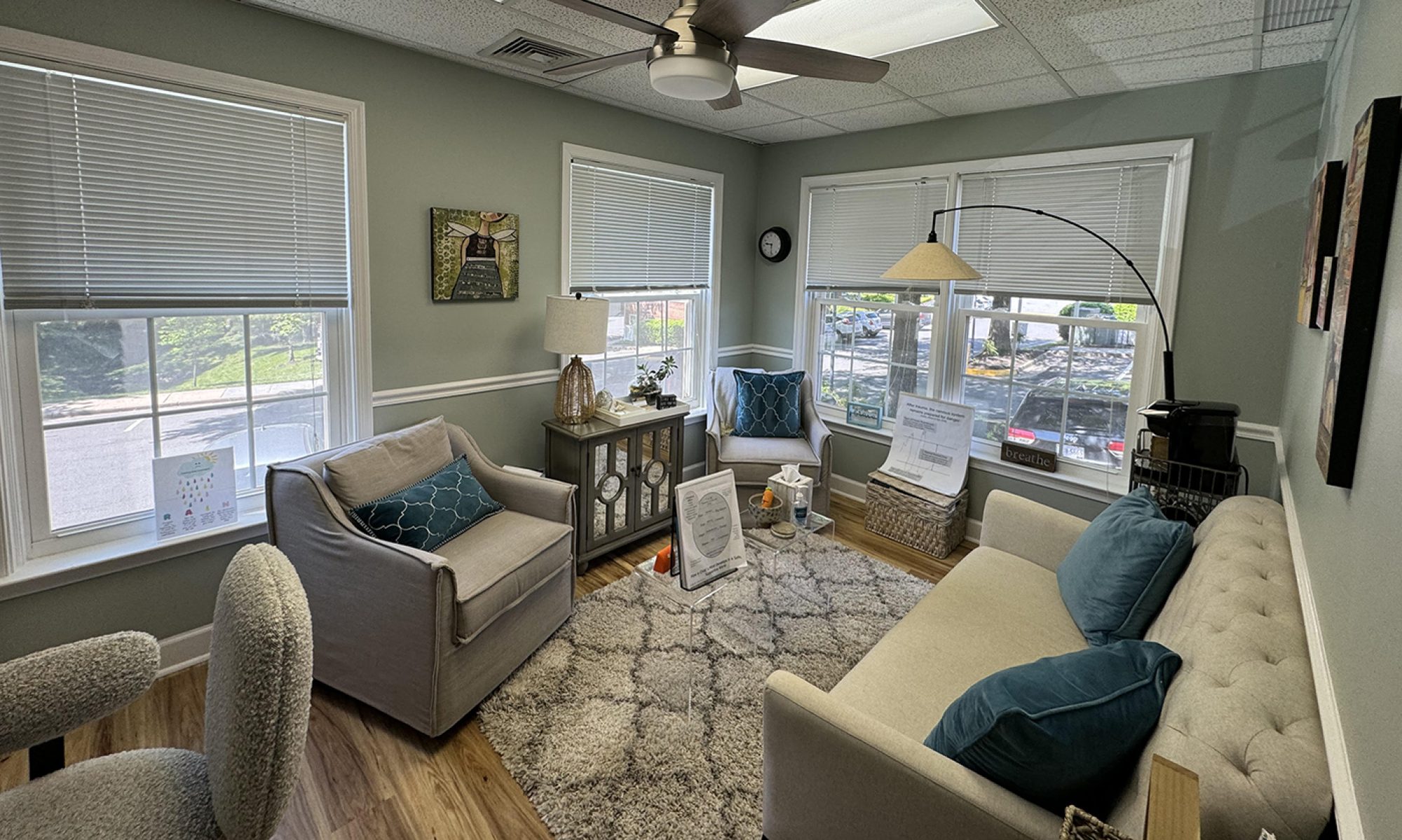”I just wanted to order a hamburger, but I was too scared to even tell the waitress my order. My eyes began to water, my heart was racing, my face was beet red, and my throat was closing up. I just shook my head no ’meaning nothing for me today.”
That was one moment in the day of a life of a 15 year old girl struggling with a form of a phobia called social phobia or social anxiety. Often adolescents, who suffer from this type of anxiety, experience the above difficulty, as well as the fear of raising their hand in class, making spontaneous conversations with peers or new friends, making presentations in school, joining a new sport or social clubs, and more. Sometimes their physical symptoms can even lead to panic attacks.
According to the ADAA (Anxiety Disorder Association of America)
- About 15 million American adults have social anxiety disorder
- Typical age of onset: 13 years old
- 36 percent of people with social anxiety disorder report symptoms for 10 or more years before seeking help
When asking about beginning a conversation with someone, socially anxious adolescent girls state they worry they won’t know what to say and then they will embarrass themselves.
It sounds trivial but it is not for those experiencing this type of anxiety. This fear and anxiety is so overwhelming that they resort to retreating, having few friends, and limited social experiences. The small number of social experiences they do participate in are ONLY with those who they know very well.
There are many ways to approach coping with social anxiety. I often begin with encouraging an increase in awareness of the different types of feelings one is experiencing at that time of their flooding worries.
Where in their body are they feeling these overwhelming physical sensations?
What is exactly happening?
How long is this occurring?
What situations are you most triggered?
Having this awareness of the different sensations and feelings that are occurring, when, and the duration, often allows individuals some control and allows us to begin to create achievable goals.
After one can understand and name what is happening, it is time to develop coping strategies to handle these intense feelings and transition back into the social world. I often use a combination of Cognitive Behavioral Techniques (CBT) and Exposure Therapy as a way to nurture this new skill set in adolescents.
CBT focuses on identifying, understanding, and changing thinking and behavior patterns. Exposure therapy is where a person is gradually exposed to a feared situation or object, learning to become less fearful over time.
I also teach girls to employ other ways to cope with the uncomfortable, scary feelings (either through ways of relaxing, visualization, or the introduction of grounding objects). These techniques distract the brain and prevent the flooding of too many intense feelings.
Small exposures over time combined with awareness and challenging negative thoughts help lessen this type of anxiety. If you or someone you know is struggling with social anxiety, contact a mental health professional today to gain more information and insight on ways cope.
